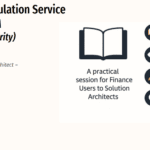
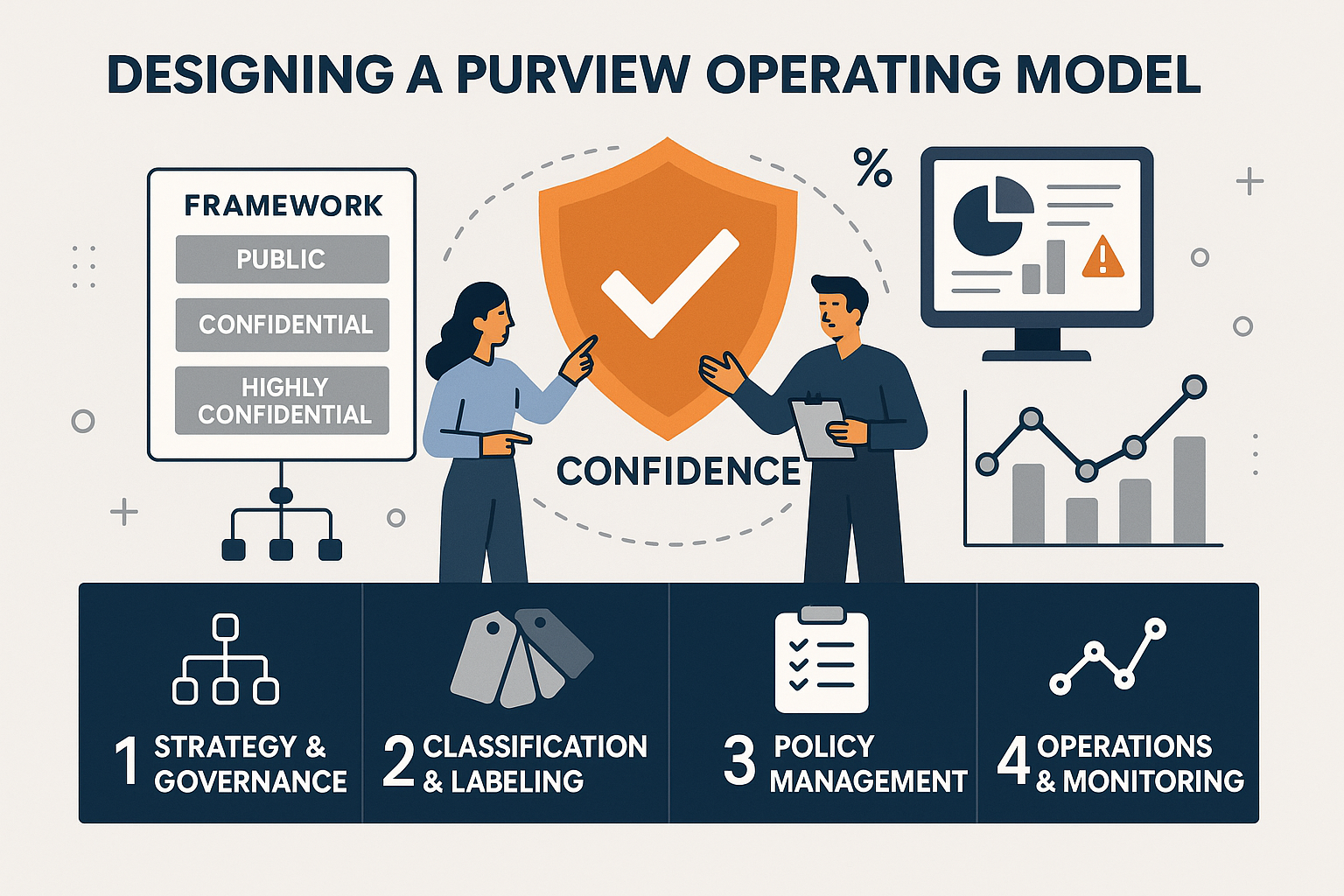
PUR515 – From Compliance to Confidence: Designing a Microsoft Purview Operating Model for the Enterprise
Table of Contents
ToggleIntroduction
Deploying Microsoft Purview is not just a technology project , it’s a governance transformation.
True success comes when Purview becomes part of your organization’s operating rhythm, not just your compliance checklist.
The challenge most enterprises face isn’t how to configure Purview, but how to sustain it , aligning people, processes, and platforms into a repeatable, auditable, and value-driven model.
This article shows how to design a Microsoft Purview Operating Model that turns compliance into confidence and data protection into culture.
What Is a Purview Operating Model?
An Operating Model defines how your organization governs and protects data using Purview , who does what, when, and how success is measured.
It includes:
- Governance roles and responsibilities
- Process workflows (classification, labeling, incident management)
- Policy lifecycle management
- Metrics, reporting, and continuous improvement
Think of it as your data security playbook , consistent, measurable, and scalable.
Why an Operating Model Matters
Without a structured operating model, even the best Purview configuration can drift or decay.
Symptoms include:
- Duplicate or conflicting labels
- Unused or misaligned DLP policies
- Audit findings without ownership
- Users confused by labeling or blocked workflows
A well-designed operating model ensures:
- Clear accountability
- Standardized policy governance
- Faster decision-making
- Sustainable compliance posture
In short: it keeps your Purview deployment organized, defensible, and alive.
The Five Pillars of a Purview Operating Model
| Pillar | Purpose | Key Activities |
| 1. Strategy & Governance | Define the “why” and “who” of your program | Set vision, objectives, roles, and escalation paths |
| 2. Classification & Labeling | Identify and categorize sensitive data | Maintain label taxonomy and classification logic |
| 3. Policy Management | Enforce consistent protection and retention | Manage DLP, Insider Risk, and retention policy lifecycle |
| 4. Operations & Monitoring | Run the system day to day | Handle alerts, audits, and data owner feedback |
| 5. Continuous Improvement | Adapt to new risks and regulations | Regular reviews, training, and maturity assessments |
This structure balances governance with agility , crucial for fast-changing data environments.
Pillar 1 – Strategy and Governance
Start with clarity. Define:
- Vision: “Protect data everywhere, enable productivity responsibly.”
- Scope: Include all business units and data types (M365, Azure, Power Platform).
- Roles and Responsibilities:
| Role | Responsibility |
| Executive Sponsor | Endorse strategy and allocate resources |
| Data Protection Officer (DPO) | Regulatory oversight and reporting |
| Purview Program Manager | Coordinates implementation and governance |
| IT / Security Administrators | Configure policies and monitor alerts |
| Data Owners | Validate classification and handle incidents |
| End Users | Apply labels and follow data handling guidelines |
🧠 Tip: Formalize these in a RACI matrix (Responsible, Accountable, Consulted, Informed) for clarity and audit readiness.
Pillar 2 – Classification and Labeling Framework
This is your foundation.
Establish a label taxonomy that reflects business sensitivity and compliance needs.
Example structure:

Key considerations:
- Use auto-labeling for consistency.
- Review SITs and trainable classifiers annually.
- Keep label names and colors simple and intuitive.
- Link each label to a corresponding DLP rule and retention requirement.
Remember: clarity beats complexity.
Pillar 3 – Policy and Control Management
Policies should be centralized, versioned, and lifecycle-managed.
Recommended structure:
- Design: Define business requirement (e.g., “Prevent HR data leaving organization”).
- Develop: Build policy in Purview (DLP, Insider Risk, Retention).
- Test: Run in simulation mode before enforcing.
- Deploy: Communicate to affected teams.
- Review: Evaluate effectiveness quarterly.
Maintain a Policy Register documenting:
- Policy name
- Owner and approver
- Business justification
- Enforcement locations
- Review date
🧠 Tip: Use Microsoft Compliance Manager improvement actions to track these programmatically.
Pillar 4 – Operations and Monitoring
Daily operations should combine automation and oversight.
Operational activities include:
- Reviewing Purview DLP and Insider Risk alerts daily.
- Analyzing Activity Explorer for label and data movement trends.
- Conducting monthly compliance health checks.
- Running quarterly user education campaigns on labeling and data handling.
- Using Security Copilot (when available) to summarize anomalies or recommend policy adjustments.
Ensure incident response includes:
- Detection (DLP/Insider Risk alert).
- Triage and investigation.
- Containment (temporary restrictions).
- Root-cause review and communication.
- Policy refinement.
Pillar 5 – Continuous Improvement
Purview environments must evolve as your business and regulations do.
Adopt a “Plan → Do → Check → Act” (PDCA) cycle:
- Plan: Identify risk or compliance gaps.
- Do: Implement new policies or training.
- Check: Measure results with Audit and Compliance Manager.
- Act: Refine and scale successful patterns.
Quarterly review checklist:
- Label adoption metrics
- DLP false positives
- Audit coverage gaps
- Regulatory updates (GDPR, ISO, PCI, HIPAA)
- AI data exposure analysis
Regular iteration keeps your governance modern and proactive.
Building a Purview Governance Committee
Create a Purview Governance Committee composed of:
- Security and Compliance leads
- IT administrators
- Data owners
- Legal and Privacy representatives
- Business executives
Meet monthly to review:
- Policy performance metrics
- New data risks or business initiatives
- Audit results and incidents
- Planned roadmap changes
This ensures cross-functional alignment between compliance goals and business operations.
Real-World Example: Global Enterprise Model
Scenario:
A multinational manufacturing company with regional compliance laws (GDPR in EU, CCPA in US) needs consistent governance.
Solution:
- Created a global label taxonomy aligned to ISO 27001.
- Implemented Purview DLP globally with region-specific overrides.
- Established governance committee chaired by CISO and DPO.
- Adopted Compliance Manager for control mapping and evidence tracking.
- Used Activity Explorer dashboards for monthly KPI reporting.
Outcome:
Unified governance model reduced duplicate policies by 35%, improved compliance score by 20%, and provided clear audit evidence for regulators.
Metrics That Matter
To prove program success, track both technical and organizational KPIs.
| Category | Metric | Example Goal |
| Adoption | % of data labeled or auto-labeled | >80% of files labeled |
| Compliance | DLP false-positive rate | <10% |
| Response | Mean time to resolve (MTTR) incidents | <24 hours |
| Governance | Policy review completion | 100% quarterly |
| Awareness | Training completion rates | 95% of staff trained annually |
These KPIs show measurable business value , not just security compliance.
Real-World Tip
Governance thrives on simplicity and consistency.
Avoid over-engineering. Start with a minimal viable set of labels, policies, and reports, then scale up as maturity grows.
Purview is powerful , but its greatest success comes when it aligns with human workflows, not when it overwhelms them.
Exam Tip (SC-401)
Expect questions around:
- Purview governance roles and responsibilities.
- How to align labeling, DLP, and lifecycle policies within a compliance framework.
- Using Compliance Manager for program monitoring.
- What metrics define Purview maturity.
Example:
Which role is responsible for maintaining and reviewing DLP policy effectiveness in a Purview operating model?
Answer: Purview Program Manager or Compliance Administrator.
Conclusion
Building a Microsoft Purview Operating Model turns governance from a project into a living practice.
It aligns your people, policies, and platforms so that data protection becomes seamless, auditable, and business-aligned.
When Purview is operated as part of everyday culture , supported by executive sponsorship, clear roles, and continuous improvement , compliance stops being a burden and becomes a competitive advantage.
From classification to AI governance, this operating model transforms your Purview deployment into a sustainable, enterprise-wide data protection framework.
📘 Next in the Series:
Continue to PUR516 – Microsoft Purview: Real-World FAQs, Answers, and Expert Insights, where we address the most frequently asked questions from real implementations , covering Purview’s purpose, functions, integrations, and SC-401 exam scenarios.
I am Yogeshkumar Patel, a Microsoft Certified Solution Architect and ERP Systems Manager with expertise in Dynamics 365 Finance & Supply Chain, Power Platform, AI, and Azure solutions. With over six years of experience, I have successfully led enterprise-level ERP implementations, AI-driven automation projects, and cloud migrations to optimise business operations. Holding a Master’s degree from the University of Bedfordshire, I specialise in integrating AI with business processes, streamlining supply chains, and enhancing decision-making with Power BI and automation workflows. Passionate about knowledge sharing and innovation, I created AI-Powered365 to provide practical insights and solutions for businesses and professionals navigating digital transformation. 📩 Let’s Connect: LinkedIn | Email 🚀
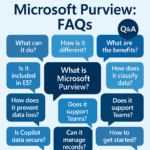
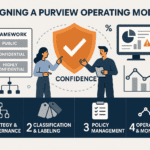
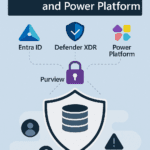
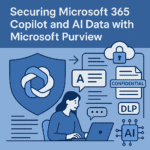

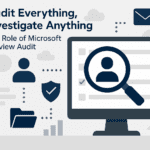

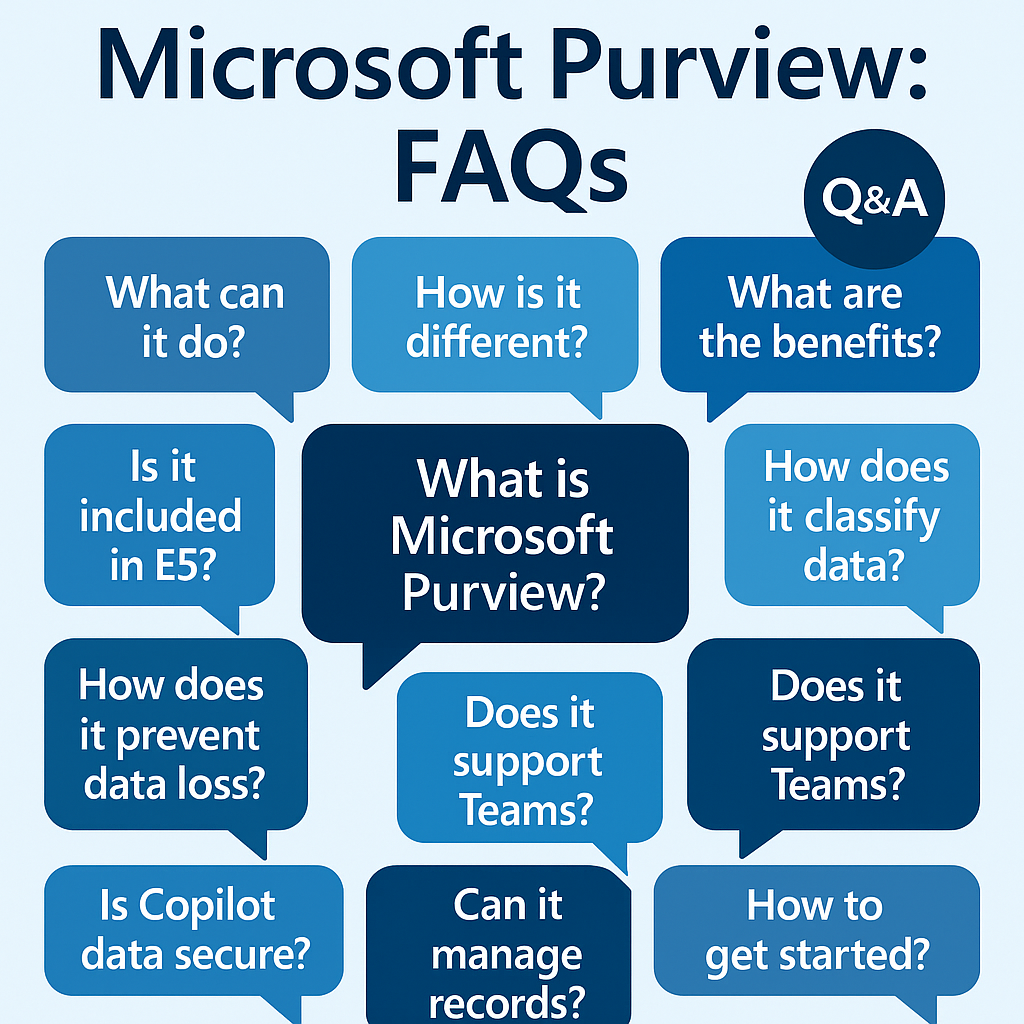
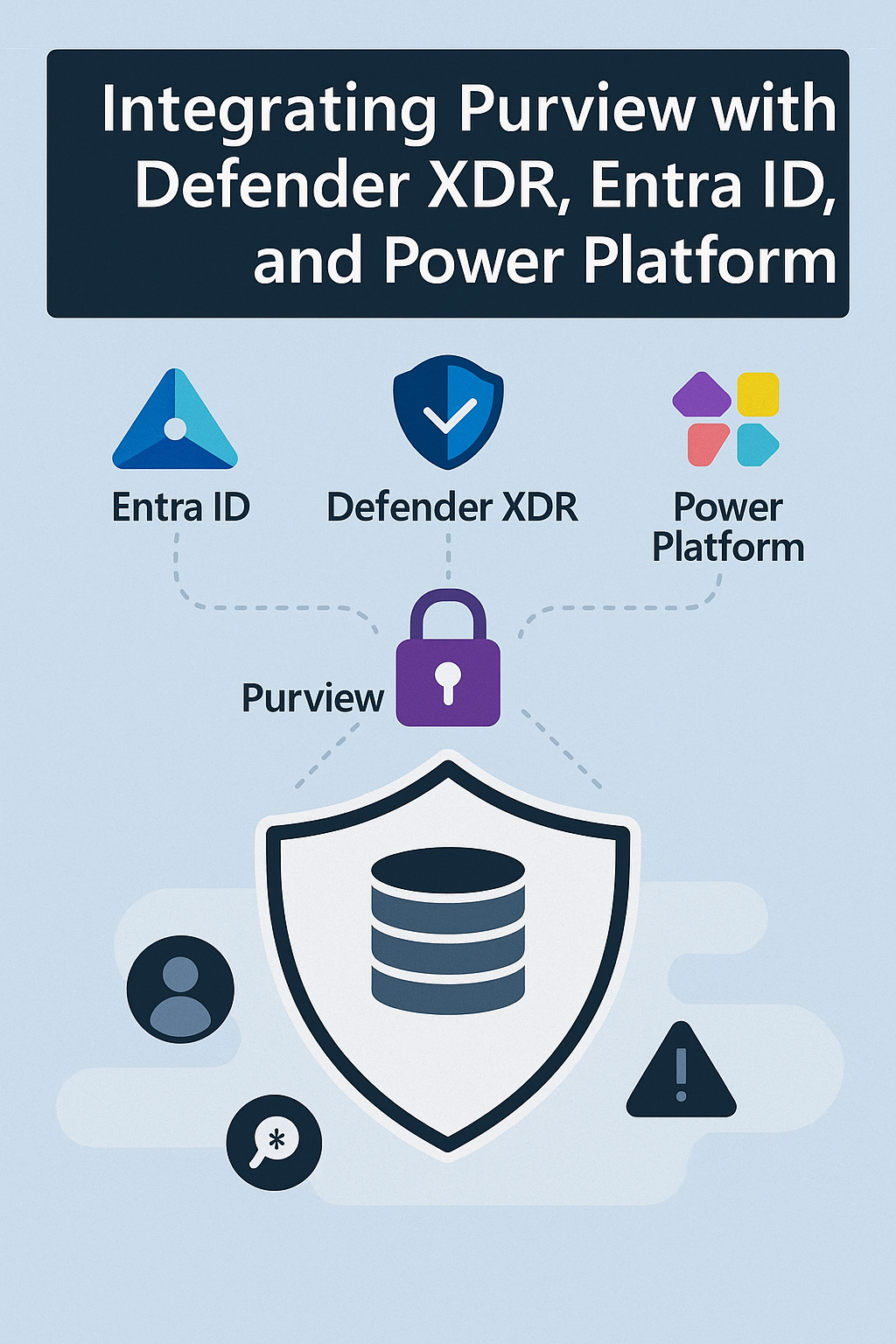
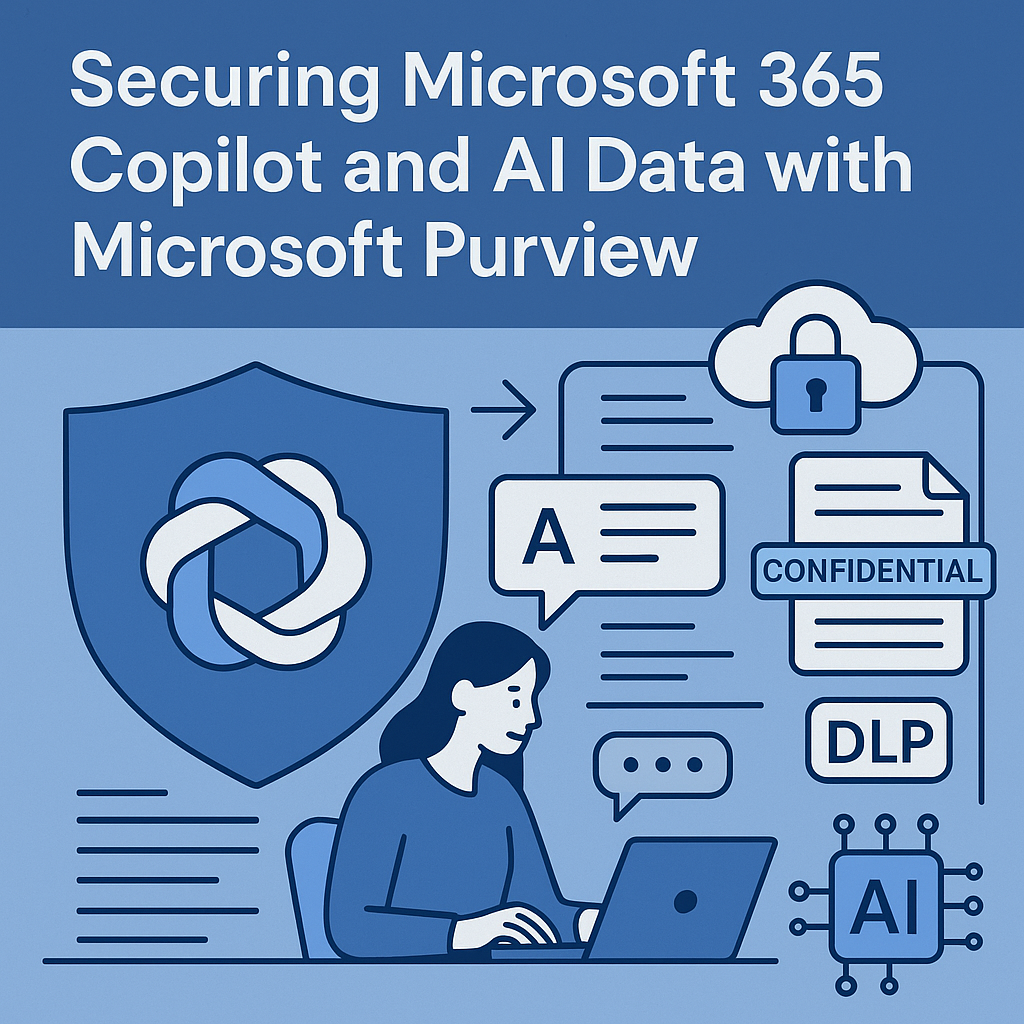










Post Comment